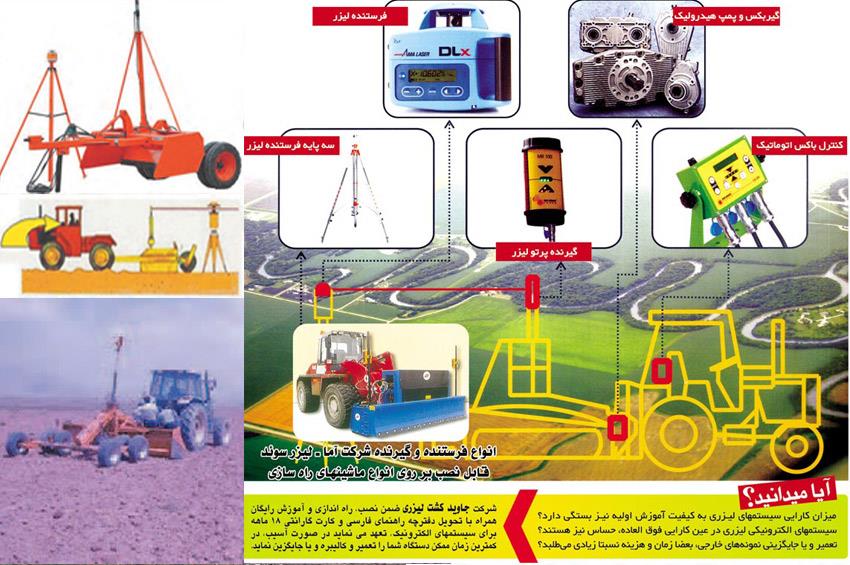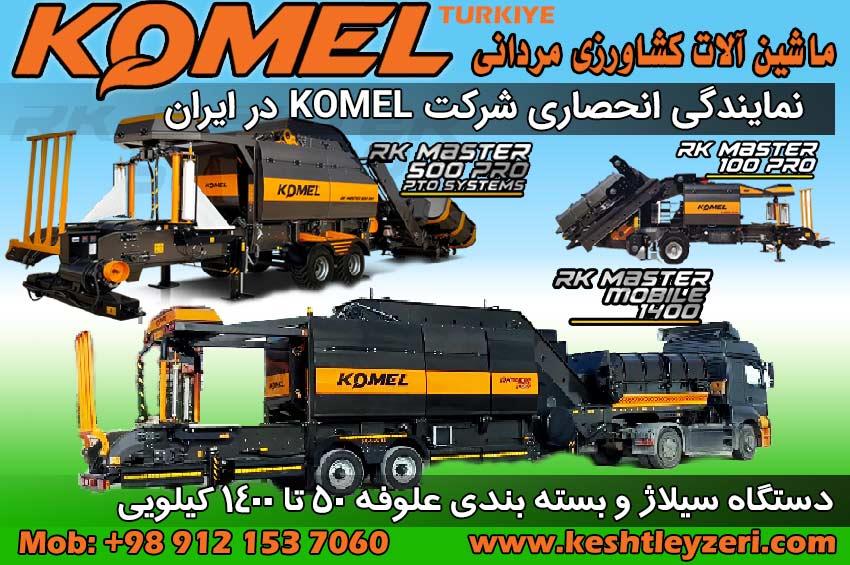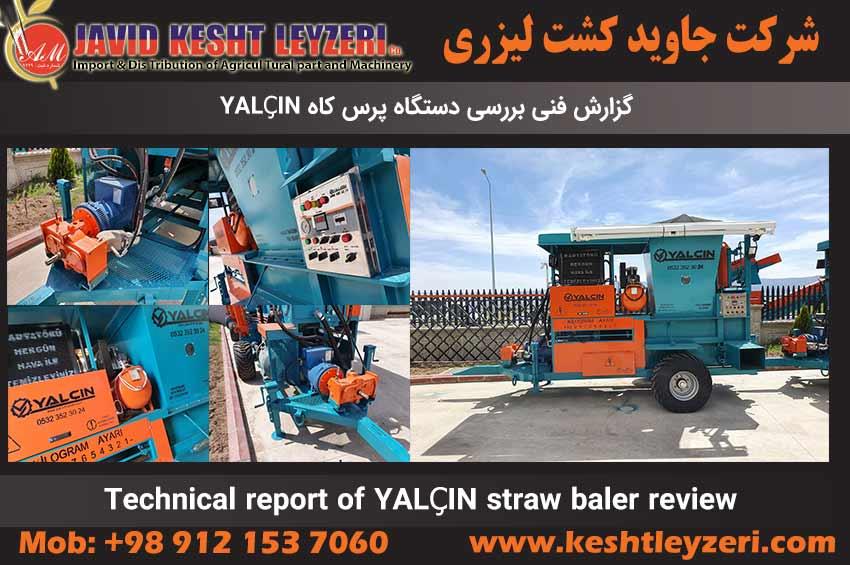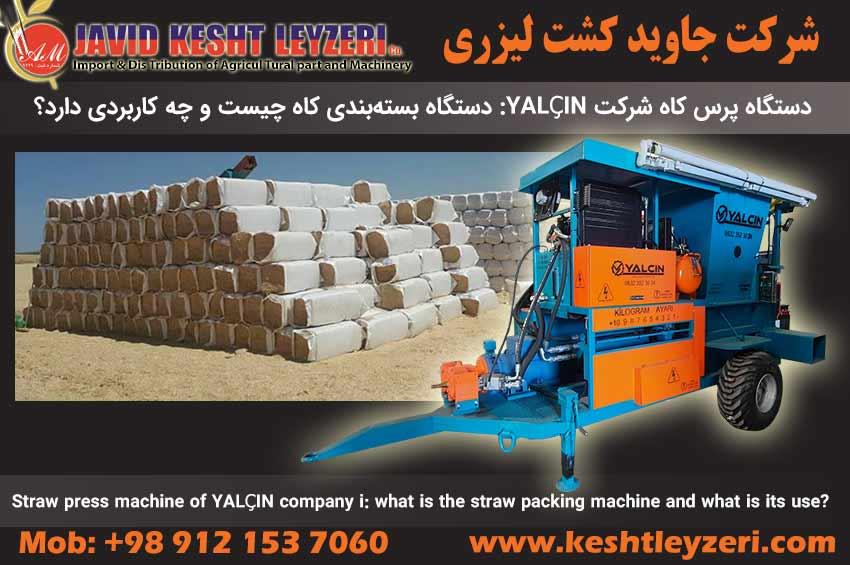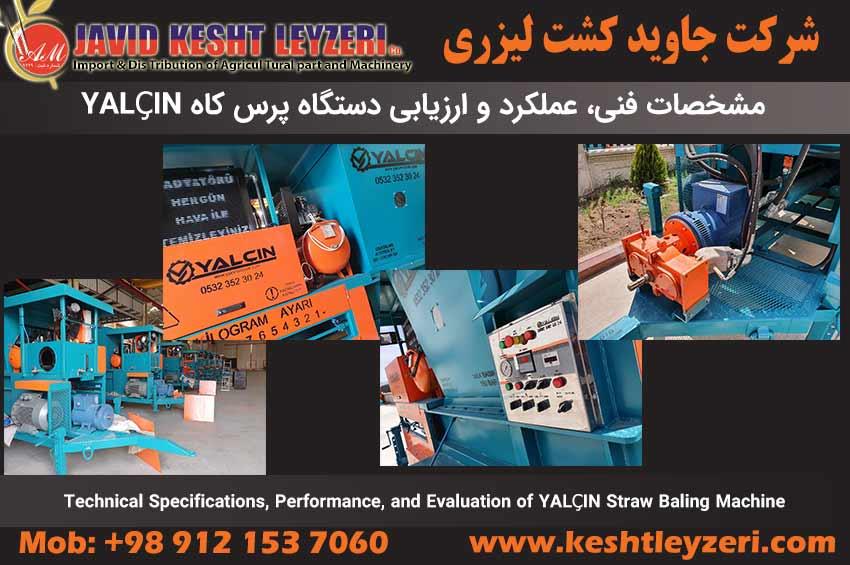براي شكل دهي زمين متناسب با نوع عمليات مورد نظر از ماشین های مختلفي استفاده می شود، تسطيح کن ها قبل يا بعد از شخم به منظور تسطيح و هموار كردن سطح خاك به كار می روند...
ابزار و وسایل و امکانات مورد نیاز: تراكتور، تسطيح كن ليزري
مراحل انجام كار:
1. سه پایه را در مناسب ترین جای زمین که نه بسیار پست و نه بسیار بلند باشد قرار دهید و بهتر است این محل را در وسط زمین پیدا کنید و سه پایه را به حالت تراز در آورید. ارتفاع سه پایه باید ۳۰ سانتی متر از اتاق تراکتور بالاتر باشد و این کار موجب می شود که کابین تراکتور هیچ گونه نقطه کوری برای شما ایجاد نکند.
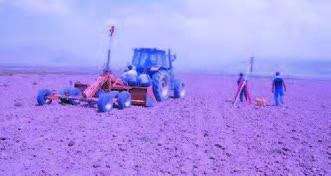
2. فرستنده را به حالت خاموش روی سه پایه نصب کنید.
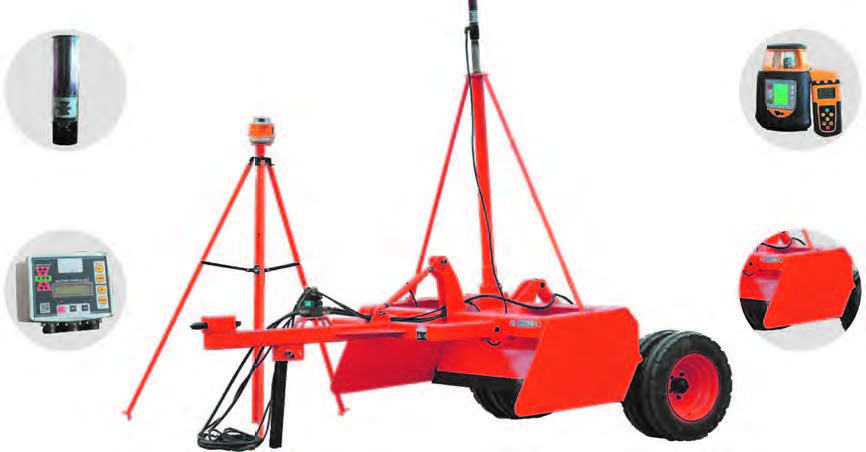
3. فرستنده لیزری را روشن و کد Y و X را به حالت صفر درآورید.
4.تراکتور و لولر لیزری متصل به آن را به نزدیک سه پایه مجهز به فرستنده برده و روی زمین قرار دهید و آنتن را با جعبه کنترل (کنترل باکس) تا زمانی که چراغ سبز گیرنده وجعبه گیرنده و جعبه کنترل روشن شود بالا و پایین ببرید و سپس عدد روی خطکش را به عنوان عدد اول یادداشت کنید.
5. سپس تیغه لولر را بلند کرده و 30 متر به طرف جلو حرکت کرده و آنرا روی زمین قرار دهید و دوباره آنتن را با کنترل باکس بالا و پایین ببرید تا چراغ سبز گیرنده و جعبه کنترل روشن شود و سپس عدد روی خط کش را یادداشت کنید، این کار را در کل مساحت زمین انجام دهید.
6. اعداد بدست آمده وضعیت پستی و بلندی و یا نقشه توپوگرافی زمین را نشان م یدهد و راننده تراکتور می تواند با استفاده از این اعداد وضعیت کنونی زمین را برآورد کند و اعداد کوچک نقاط با ارتفاع بیشتر (بلندی) و اعداد بزرگتر نقاط با ارتفاع کمتر (گودی) را نشان م یدهد. این اعداد برای محاسبه شیب طبیعی زمین و نحوه حرکت تراکتور کمک فراوانی به راننده می کند.
نحوه ایجاد شیب روی سطح مزرعه:
فرض کنید زمینی بطول ۶۰۰ متر و عرض ۴۵۰ متر دارید و می خواهید در آن شیب طولی ۳۰ و شیب عرضی ۱۵ سانتی متر را بوجود آورید و معمولاً شیب طولی همان آب رو و شیب عرضی همان جوی پای بوته ها است.
شیب طولی از تقسیم عدد ۳۰ بر ۶۰۰ به میزان پنج صدم و شیب عرضی از تقسیم عد ۱۵ بر ۴۵۰ به میزان ۳ صدم بدست می آید.
7. اعداد بدست آمده را با کنترل به فرستنده لیزری دستگاه وارد کنید و کار را شروع نمائید. بعد از وارد کردن Y و X تراکتور بدور سه پایه چرخیده و لولر لیزری بر اساس فرمان فرستنده خاک را از بلندی به نقاط پست زمین جابجا م یکند و زمانی که دیگر تیغه لولر خاک را جابجا نمی کند و لامپ سبز کنترل باکس داخل کابین و روی خط کش روشن می ماند کار خاتمه یافته است.

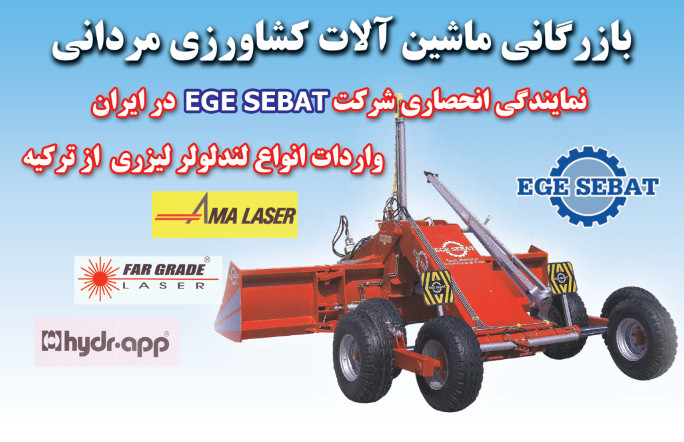
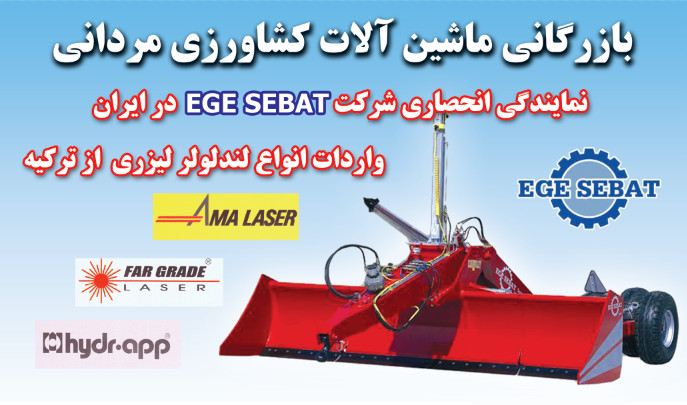
در ادامه برای مشاهده تصاویر مربوط به دستگاه لند لولر لیزی به لینک های زیر مراجعه فرمایید:

